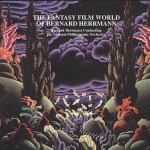 More of the Music of Led Zeppelin
More of the Music of Led Zeppelin
Letters and Commentaries for Led Zeppelin III
A classic example of live and learn.
In 2008 we simply had not done our homework well enough. I had been an audiophile for at least 33 years by then, and a professional audiophile record dealer for 21, but we still hadn’t cracked the code for Zep III.
Sure, by 2008 we had auditioned plenty of the pressings that we thought were the most likely to sound good: the original and later domestic pressings, the early and later British LPs, some early and later German pressings, maybe a Japanese import or two. In other words, the usual suspects.
We already knew the Classic Records Heavy Vinyl was unbelievably bad; no need to put that in a shootout. It earned an “F” right out of the gate for its bright and harsh sound.
The result? We were roughly in the same position as most serious record collecting audiophiles, if not actually in a better one: who do you know that has played at least ten different pressing Led Zeppelin III, or any other album for that matter?
We had auditioned a number pressings of the album and thought we knew enough about the sound to pick a winner. We thought the best original British Plum and Orange label pressings had the goods that no other copies could or would have. (Years later we would get hold of another one, clean it up and put it in a shootout.)
But of course, like most audiophiles who judge records with an insufficiently large sample size, we turned out to be quite mistaken.
Logic hadn’t worked. None of the originals would end up winning another shootout once we’d discovered the right reissues.
But in 2008, we hadn’t stumbled upon the best pressings because we hadn’t put enough effort into the only approach that actually works.
What approach is that? It’s trial and error. Trial and error would eventually put us on the path to success. We had simply not conducted enough trials and made enough errors by 2008 to find out what we know now.
We hadn’t made the breakthrough we needed to make in order to know just how good the album could sound.
Can you blame us? The pressings that have been winning shootouts for years are from the wrong country (not the UK) and the wrong era (not the original).
We reproduce below the commentary for the 2008 listing that gets it wrong.
The best British originals are good records, but none of them would win a shootout these days up against the superior import pressings we discovered around 2015 or so.

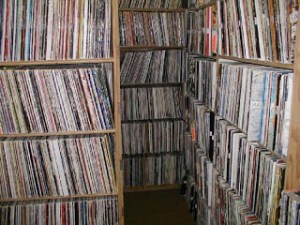

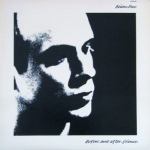 More of the Music of Brian Eno
More of the Music of Brian Eno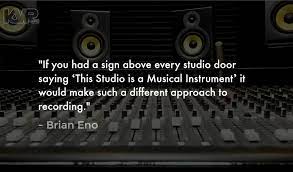 In thirty plus years of record playing I can’t think of any domestic Eno LP that ever sounded this good.
In thirty plus years of record playing I can’t think of any domestic Eno LP that ever sounded this good.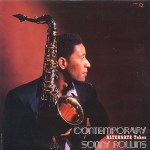

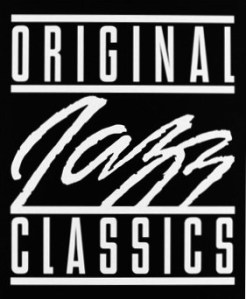
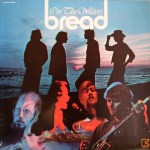 More of the Music of Cat Stevens
More of the Music of Cat Stevens